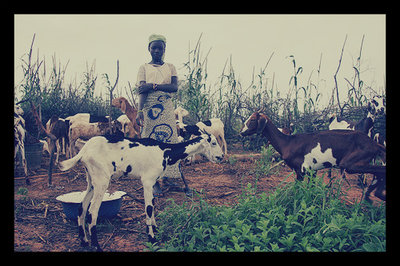
The African country of Niger, a landlocked nation in the north-central part of the continent in the Sahel region, has struggled intermittently with food security for the last fifty years. Before the 1960s, Niger was a productive agricultural region that was not only self-sustaining but exported cereal grains. Now, due to a rapidly growing population, recurring droughts and poverty, Niger struggles to grow enough food to feed its people.
The Nigerien government is implementing an ambitious agricultural transformation plan called the 3N Initiative – Nigeriens Feeding Nigeriens. It is estimated to cost $2 billion in the first three years and will address issues and reformations in the agricultural, environmental, industrial, and energy sectors. Initiatives range from providing farmers with technology and seeds to expanding market access and management.
Overcoming obstacles to food and nutrition security in Niger is no small task. Drought is the main impediment to productive agriculture: Niger experiences drought at least once every two years, although droughts have been increasing in the last decade. Only one percent of the country’s land receives more than 23 inches of rain each year, and just 12 percent of the land can sustain agriculture.
In a country where eighty percent of the population depends on agriculture for sustenance and livelihood, addressing agricultural issues is critical. Niger has one of the fastest-growing populations of any country, has doubled from 7 million in 1988 to 15 million in 2010. In addition to population growth and drought, unstable food prices have contributed to food insecurity throughout the Sahel region. The prices of staple cereal grains such as millet are well above the five-year average. For the world’s poor, food accessibility is just as important as agricultural productivity in improving health and quality of life.
Attempts by previous Niger administrations to achieve food security have clearly not been successful in the long run. Current national administrators say that political will, coordination, and centralized leadership set the 3N Initiative apart. The Nigerien government is working to draft legislation that will ensure the existence of the Initiative well into the future.
Both Niger and the Food and Agriculture Organization (FAO) acknowledge the urgency of addressing food security throughout the Sahel region, which suffered a major drought and resulting famine in 2010. Niger’s FAO representative states that addressing food security is necessary for every country in the region. Niger’s 3N Initiative, if successful, can serve as an example for other African countries seeking to achieve food security through agricultural and political transformation.
– Kat Henrichs
Source: FAO
Photo: AusAID
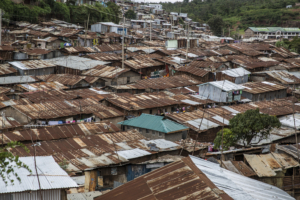 The world could end extreme poverty by 2030, according to Jim Yong Kim, president of the
The world could end extreme poverty by 2030, according to Jim Yong Kim, president of the 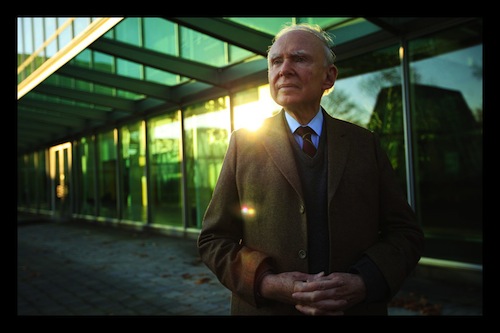
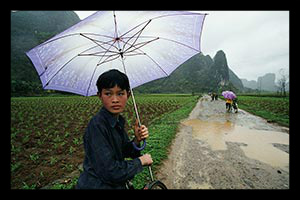

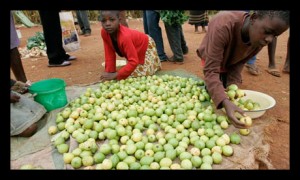 In 2005, the World Trade Organization (WTO) launched its
In 2005, the World Trade Organization (WTO) launched its 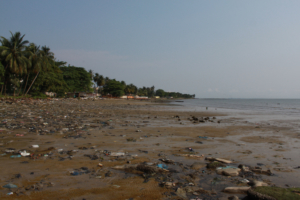 A report released by the UN warns that the number of people in extreme poverty could rise by 3 billion in 2050 unless immediate action is taken to combat environmental threats.
A report released by the UN warns that the number of people in extreme poverty could rise by 3 billion in 2050 unless immediate action is taken to combat environmental threats. The ONE Campaign has launched an initiative in Africa called “You Choose,” aimed at creating representation for poor citizens throughout Africa on how to reduce
The ONE Campaign has launched an initiative in Africa called “You Choose,” aimed at creating representation for poor citizens throughout Africa on how to reduce 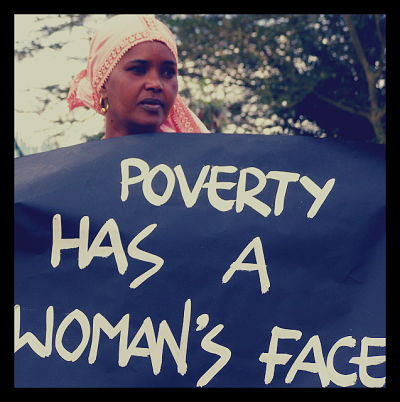 Progress in the fight against poverty has demonstrated the importance of focusing on poverty alleviation efforts on women and children. Despite the great gains that have been made,
Progress in the fight against poverty has demonstrated the importance of focusing on poverty alleviation efforts on women and children. Despite the great gains that have been made, 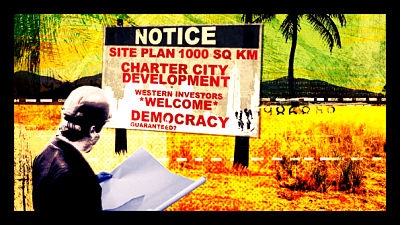 When many of us imagine utopias, we may have flashbacks to our 7th-grade reading assignment of Lois Lowry’s The Giver.
When many of us imagine utopias, we may have flashbacks to our 7th-grade reading assignment of Lois Lowry’s The Giver. 